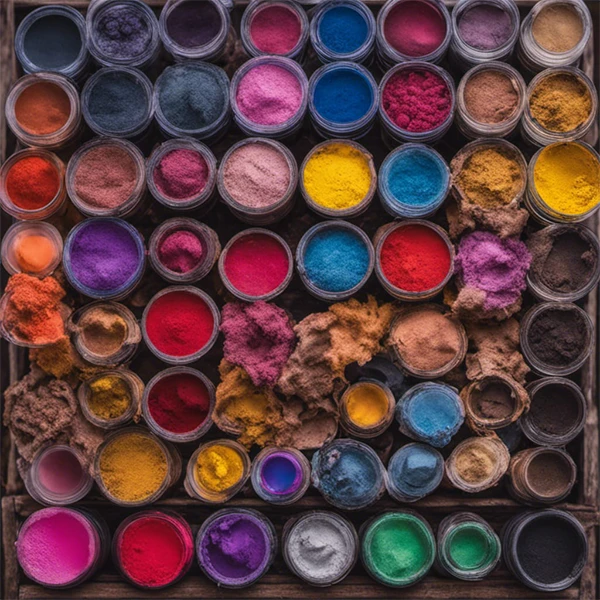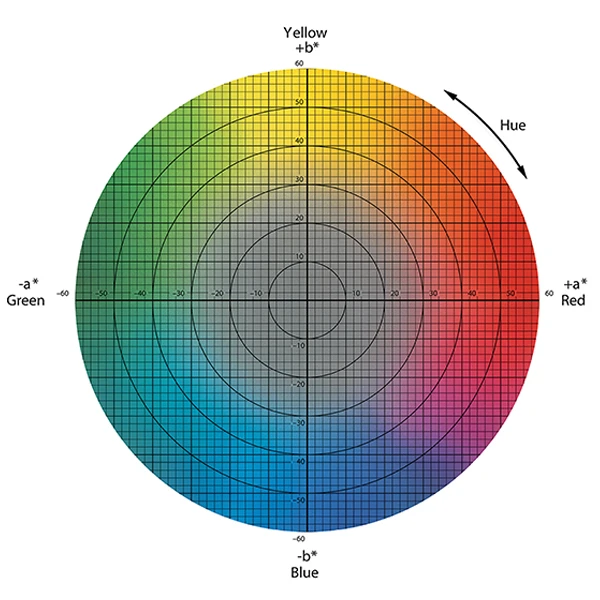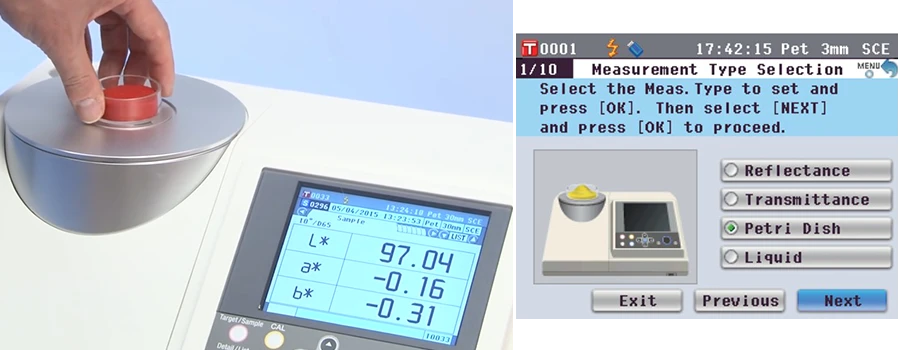Measuring Color Pigments in Paints and Coatings

Color plays a vital role in paints and coatings, going beyond superficial appearance. It holds immense significance in terms of aesthetics, product identification, and performance. The color of paints and coatings is determined by the pigments used in their formulation. These pigments come in various types, each offering distinct characteristics that influence the final appearance and performance of the paints and coatings. For example, inorganic pigments, such as titanium dioxide and iron oxides, are typically derived from minerals and are renowned for their durability and resistance to fading. Conversely, organic pigments are derived from sources like vegetables and animals and are known for their extensive range of vibrant and intense colors.
The measurement of pigment color plays a crucial role in various production processes of paints and coatings. For example, within the research and development, color measurement of pigments provides a baseline for understanding the unique color properties of different pigments that allows the exploration of new formulations, fine-tuning existing ones, or experimenting with different combinations to achieve the desired color properties for new products. Also, by measuring the color properties of individual pigments, formulators can blend them in precise proportions to achieve the intended paint and coating formulations that precisely match the desired color target. As pigments can vary in color from one batch to another due to natural variations in raw materials or manufacturing processes, color measurement ensures that pigment batches consistently meet the defined standards, preventing color variations in the final paints and coatings and minimizing costly rework.

Objective Color Measurement of Pigments
When it comes to evaluating color, relying on subjective assessment using the human eye can be influenced by various factors such as individual perception, lighting conditions, surrounding colors, etc. This approach lacks precision and consistency, making it unreliable for maintaining color quality. In contrast, objective color measurement relies on specialized color measurement instruments like spectrophotometers that are designed to quantify color in a precise and standardized manner. A spectrophotometer analyzes the spectral reflectance or transmittance of pigments sample and converts them into quantifiable color data, often represented in established color spaces like CIE L*a*b*.
The CIE L*a*b* color space is one of the most widely used color spaces for defining and communicating colors. It is a three-dimensional model that describes colors based on human perception. It consists of 3 components: the L* axis represents the brightness of a color, and the a* and b* axes describe the chromaticity, red to green and yellow to blue, respectively. Using the CIE L*a*b* color space as a basis, color tolerance can be defined, offering a standardized and quantitative way to set and evaluate acceptable color differences.
Spectrophotometer CM-5 for Pigments Color Measurement
Konica Minolta Sensing, a leading color measurement solutions provider, offers a diverse range of precision color measurement instruments. Among them is the Spectrophotometer CM-5, a versatile color measuring instrument that can help measure pigment colors accurately and consistently. The Spectrophotometer CM-5 comes in aperture sizes (measuring area) of 30mm, 8mm, and 3mm, allowing easy adaptation to the size of the pigment sample, whether small or large.
It also can measure and provide color data in multiple color spaces and indices like CIE L*a*b*, CIE L*C*h, Whiteness Index (WI), etc. The Spectrophotometer CM-5 offers multiple measurement modes, including reflectance and transmittance, to accommodate different forms of pigments and is supported by a wide range of accessories, like petri-dishes, etc., that can ensure consistent positioning and measurement of samples. Check out this video to find out more about the various capabilities of the versatile Spectrophotometer CM-5.

Spectrophotometer CM-5’s Petri Dish measurement mode.
Need help with your color measurement challenges or struggling to find the right color measurement solutions for your paints and coatings applications? Reach out to us for a complimentary consultation with our color application experts now.
